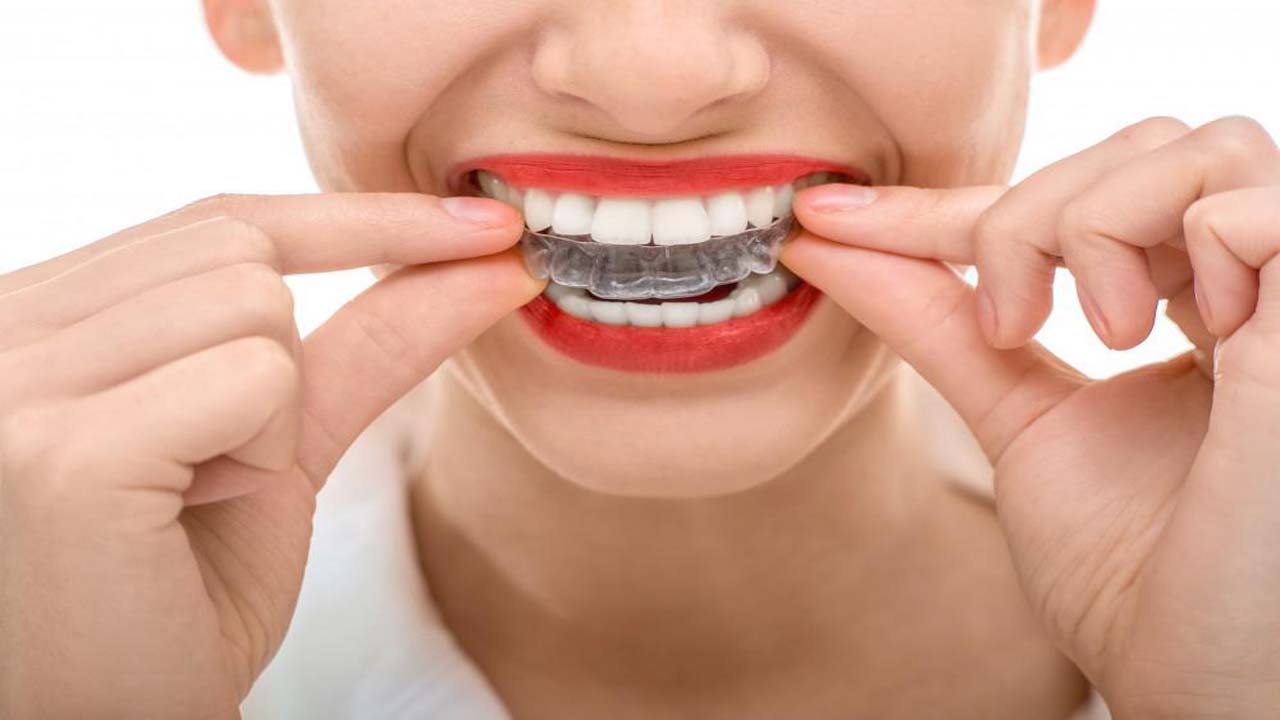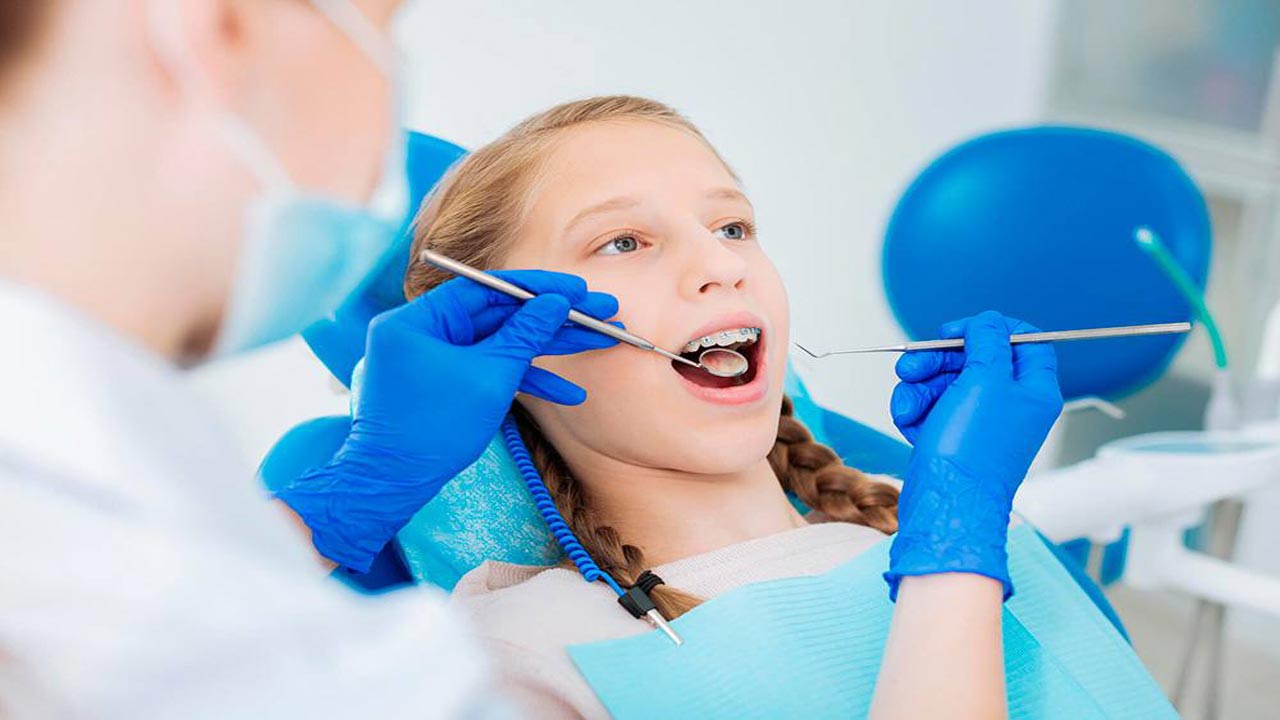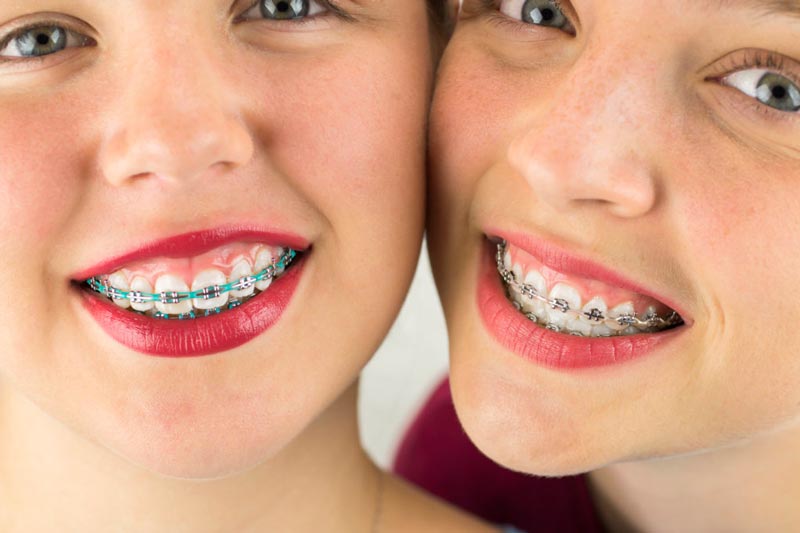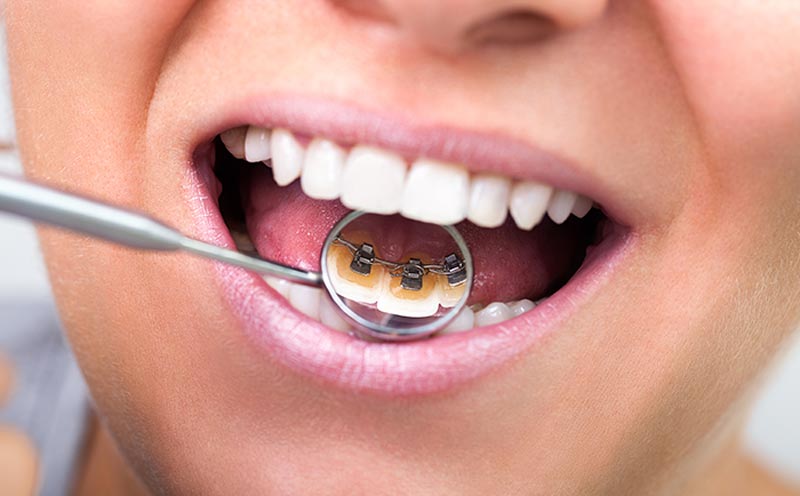Invisalign treatment is simply an alternate solution to the metal braces that are used to straighten the teeth of kids, teens and adults. As part of this procedure, your dentist will give you a series of clear, removable aligners to wear on your teeth. They are barely visible to anyone and you can wear them more comfortably than the metal braces. Many people think that there is a certain Invisalign age limit but that is not true. There may be various Invisalign age requirements but Invisalign age requirement range varies. You can get the treatment anytime after your permanent teeth are out.
How Old Do You Have to Be for Invisalign Treatment?

As part of Invisalign treatment, you have to wear each set of aligners for 20-22 hours per day for two weeks. After two weeks you will get another set of aligners. Unlike metal braces, you can remove the aligners when you need to eat or drink anything. You do not need to remove them in case of having water. Wearing the aligner for such a long period of time is quite tough and you must be mature enough to carry those aligners and follow the routine. If you are concerned about your smile, then do not take the Invisalign age limit as an obstacle in getting the treatment. Consult with your dentist as soon as possible to rectify your teeth’s alignment. Your dentist will be the best person who will advise you about the suitable age to get the treatment according to your teeth’s problems and your dental history.
What Age Is Best for Invisalign?
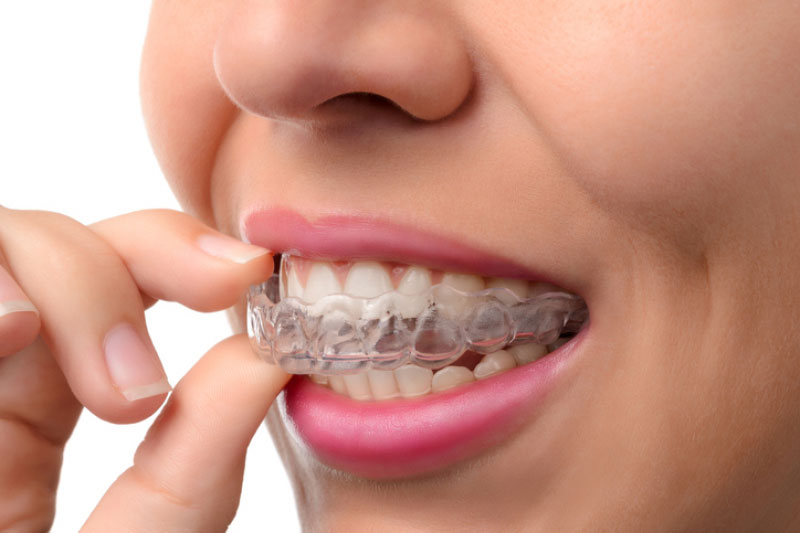
There isn’t a set age limit requirement for this procedure. Invisalign treatment can be opted in at any phase of life which includes children, teenagers, and adults of all ages; however, some dentists suggest braces for children and Invisalign for teenagers since doing Invisalign demands commitment and extra care.
Youngest Age for Invisalign
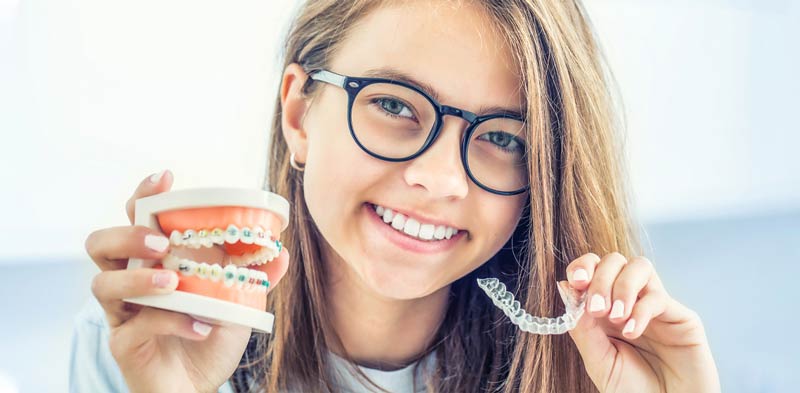
Your child can get braces as early as seven years of age. Parents can also consult the dentist to define the child’s right Invisalign age. Early treatment is always the best for teeth related problems.
It is always difficult for parents to begin dental treatment for their child since they are worried whether the child will be comfortable with braces or not. Parents are also concerned whether the child will be able to drink and eat like before or not. They are nervous to see braces on their child’s teeth as he will have to move around in friends and family. The child might get upset if anyone talks about his misaligned teeth and braces. The child may also get some relief with the Invisalign treatment as the braces are not visible to naked eye.
Invisalign Minimum Age
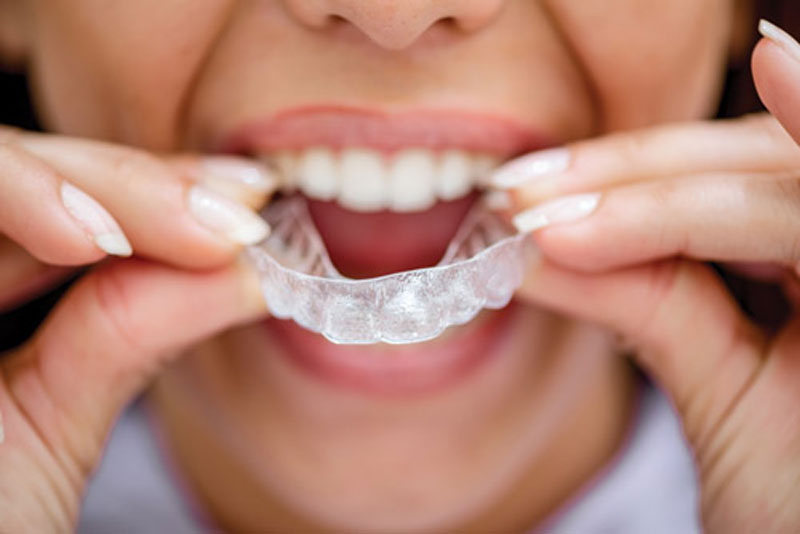
Invisalign treatment needs care and attention from all the people involved in the practice. They are the dentist, parents and especially the child. Parents cannot monitor the child at all times and it is a very tiresome job given other responsibilities of parents. Invisalign age requirements are very important as they will identify whether the treatment will be successful or not. Getting the treatment as early as possible is a good approach but can your child take care of himself in this early age?
There is no official minimum Invisalign age limit; however; we suggest parents and dentists to have complete knowledge when the child is ready to have the treatment. They must know that after getting the aligners, the child will have to wear the aligners for 22 hours per day. Teenagers must have their adult teeth in place and wear the aligners to avoid further problems in future age. A child with a mature age is more suitable to get the treatment.
Invisalign for 7 Years Old
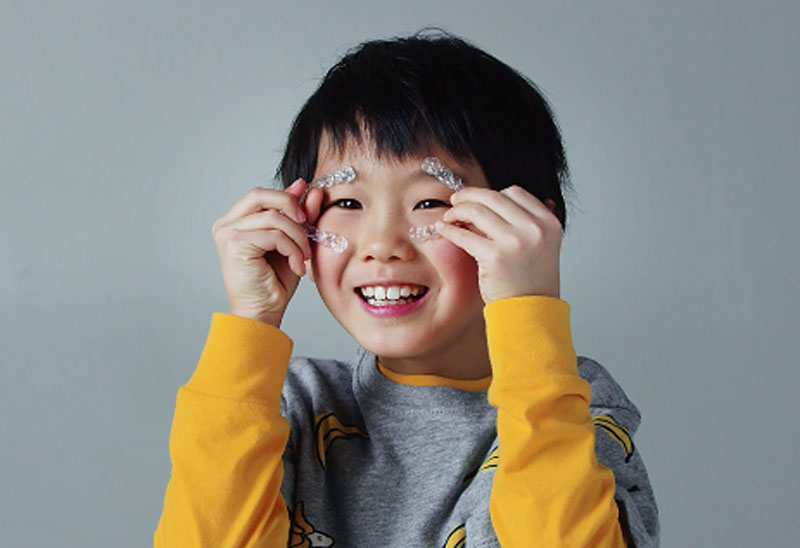
Teeth problems can have bad effects on the overall health and physique of a child. A child can neither eat properly nor can drink with comfort and this may cause anxiety for the parents. Misaligned teeth can let the child lose confidence and feel alone. Early treatment is encouraged by dentists for the child. Invisalign treatment can also be conducted for a child who has a combination of milk and permanent teeth. Beginning the treatment for Invisalign once seven years old is a good option and beneficial for the child. There is no set age for braces but dentists typically suggest the advanced dental treatments only for teenagers.
Invisalign treatment seems to be a perfect solution to the teeth misalignment problem of your child. The plus point is that it is suitable for the children and adults of all age groups. There is neither any Invisalign age range nor any Invisalign age limit. You can visit the doctor anytime to get the treatment you need. One common question that people typically have is that ”is invisalign treatment appropriate for you?”
The answer is quite clear given the above explanations. Everything has its pros and cons but if the pros are more than the cons then you should definitely go with the procedure. If you really want to go for Invisalign treatment and want to know the right Invisalign age, you must look for the best Invisalign treatment near you.

